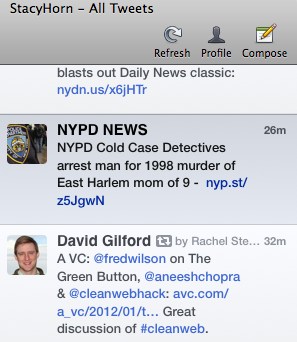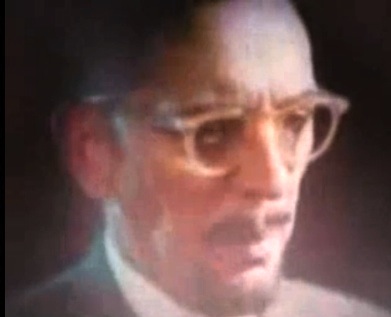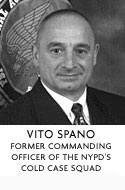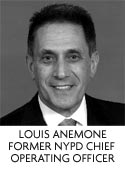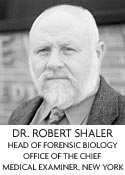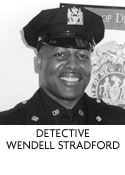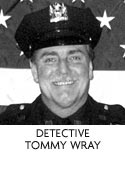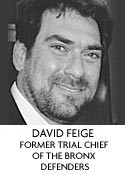This was a first! I look over and see a tweet from the NYPD about a recently solved cold case. You can read about the case here.
February 6th, 2012
NYPD Tweeting About Cold Cases
→ 2 CommentsTags: Uncategorized ·
December 31st, 2011
Crime Reporting
There’s an interesting article about crime reporting in the New York Times today, and the NYPD’s occasional reluctance to make official reports about crimes.
My own experience of this happened in 1990’s when my company’s computers had been hacked. Enough expensive damage had been done, so I wanted to report it even though I didn’t think the NYPD would be able to do much to track the hackers down (this was around 1995).
I called the 1st Precinct and was told they couldn’t take the report because “hacking is not a crime.” I cited the law, but he still refused to make an official report and his CO backed him up. “Okay, so if I were to hack into the NYPD’s computers right now,” I said in frustration, “and download everyone’s personal email, and all your case files and then publish everything I found on the internet, no one would arrest me?” That stopped him for a few seconds, but he still refused and I had to make a lot of phone calls before they would finally make a report.
There are of course, valid reasons for not making an official report. In any case, here’s to a better year, however good or truly bad this year was. I post this picture every December, and it’s a little sad, but I still love it.
→ No CommentsTags: Uncategorized ·
November 10th, 2011
Depressing Article about the DOJ’s Cold Case Initiative
An excellent, but disheartening AP piece by Allen G. Breed appeared everywhere last Sunday. From the article:
“The Department of Justice, under its 5-year-old “Cold Case Initiative” and the 2007 Emmett Till Unsolved Civil Rights Crime Act, has combed through that dark period of American history, seeking any cases that could still be prosecuted. Isolating 111 incidents involving 124 deaths, investigators have sought to determine whether those who died were victims of racially motivated crimes — and then whether there’s anyone left to charge.”
“In about two-thirds of those cases, FBI agents have hand-delivered letters to next of kin, informing them that the government had taken things as far as they could.”
“In some cases, all of the suspects are dead; in others, suspect individuals have been acquitted in the past and cannot legally be retried. In a few, the agency can find no evidence that a crime was racially motivated — or even that the death resulted from foul play.”
The rest of the article can be read here (the original link is gone now, but I found a similar article).
The 1964 Mississippi State Highway Patrol file booking photo of James Ford Seale, one of the murderers mentioned in the article.
→ No CommentsTags: Old Murder Cases ·
October 7th, 2011
Forensic Audio Part One
Audio forensics came out of work that began during WWII, when the military was looking for ways to identify enemy voices over the radio. They developed something called a spectrograph which made visual representations of people talking called voiceprints. Like fingerprints, they hoped that it would help them identify speakers.
One of the early developers, Dr. Lawrence Kersta, later started his own company and the field of audio forensics was born. Kersta was involved in many famous cases in his lifetime, including the Kennedy assassination, the Clifford Irving Howard Huges hoax, and in 1969, when rumors spread that Paul McCartney was dead and had been replaced by a look and sound-alike, Kersta used the spectrograph to analyze recordings made after Paul was said to have died, and determined that Paul was still alive.
Audio forensics got a huge leg up when six scientists were brought together in 1973 to see if 18 1/2 minutes of White House Tapes had been erased in order to possibly cover-up White House involvement in the Watergate break-in. They were able to determine that the segment had been over-recorded five or more times.
It was CSI with headphones! I did a lot of research into forensic audio a couple years back and I thought I would go through my notes and do a series of posts about what I learned.
This is a snippet from a Bell Labs promotional film called “Science Behind Speech,” which includes a section about the spectrograph. The picture below is a screen grab of Kersta, who was working for Bell Labs at the time.
More to come!
→ No CommentsTags: Uncategorized ·




